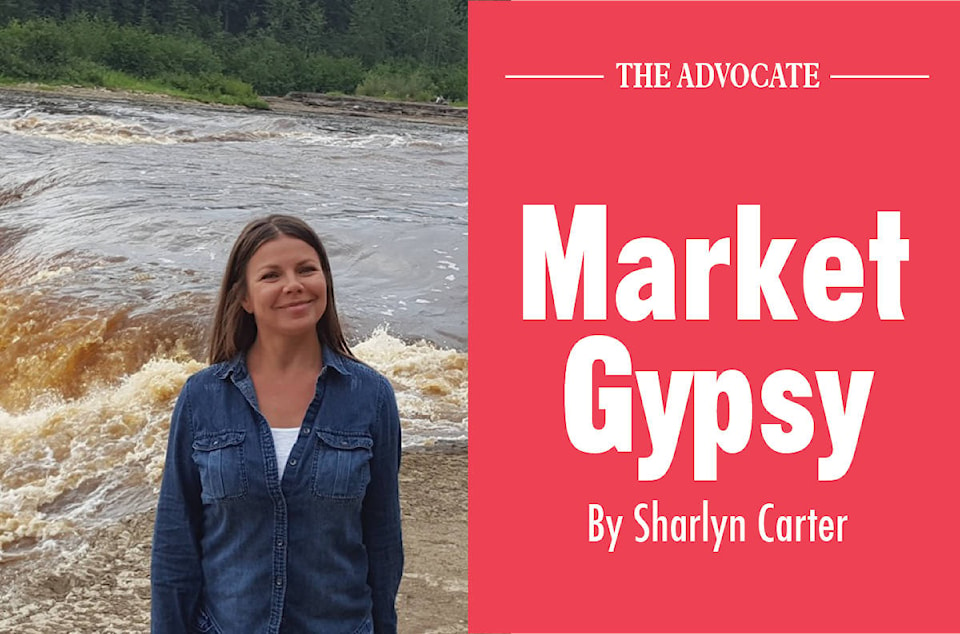Where does your almond milk come from? How was it processed and how does mass consumption of almond products fit into sustainable eating? Yes, I thought about these questions when I whipped up my last summer smoothie. “Distance is the enemy of awareness,” author of Plenty, J.B. Mackinnon claims in his book. This quote hit me especially when I read that California supplies approximately 80 per cent of the world’s almonds and almond products. According to Pete Hemingway from the Sustainable Restaurant Association, it takes up to 6,098 litres of fresh water to produce one litre of almond milk. Isn’t California in a drought crisis and burning up more often that before?
Let’s not confuse our already complicated eating habits. Let’s however, consider eating more locally and seasonally. Try for just one month, especially since September is a bountiful month with local fresh produce options. Let’s source out our cheese, milk, protein, grains, legumes and beer from a radius of 200 kilometres for one month. It will be tough because we are not use to it, but we could add a few cheat items, such as salt, lemons, vinegar or the most important in my life, coffee.
Here in Alberta I think we’ll be eating a diverse diet of fruits, veggies, meat, fish, dairy, and bread too! Toasted sourdough is in my mind right now. Besides, I keep telling myself this was once a universal way of eating. It may feel inconvenient at times, but I know it’s possible to survive by eating local food only.
This is an experiment. I don’t have the answers and I’m certainly no expert. And I also know that I will probably say “Yes,” when invited out to a friend’s house for supper. It shouldn’t be stressful, just more aware. All I know is that it would be interesting to check in with how I feel after eating mostly local and seasonal. Will I physically feel better? Will I have a stronger connection to producers in Red Deer and surrounding area? Probably.
Give it a try as well, it might be a fantastic conversation to your Thanksgiving dinner. Or perhaps it will make you more grateful to the farmers and producers who grew everything on your table. If you try this little experiment, maybe it’s one meal a day that’s 100 per cent local. Maybe it’s one meal a week. Maybe it’s giving yourself 20 cheats instead of 10.
Our weekly purchases will be more planned and targeted, no buying that bottle of barbecue sauce for one recipe that calls for it and then letting it sit in the door of the refrigerator for a year with all the other forgotten condiments.
Make it an adventure, source out what grocery stores carry local products. Take a drive with the family to a dairy farm or order your local turkey from a farm that allows their birds to roam. Source out honey or bone broth made with local products. Try a variety of different squash that are plentiful this time of year. Make a butternut squash soup with a chicken broth base and freeze it for a quick lunch. Ok, that could be too preachy.
I suppose the amount of water to grow almonds shocked me and had me thinking about what I can do to make a small change, or contribute in a more positive way for not only Central Alberta but global sustainable living. Just a thought.
Sharlyn lives in Red Deer and is a foodie with a gypsy soul. You can find more on social media and the web as Market Gypsy.
